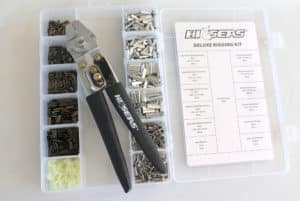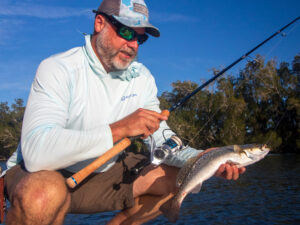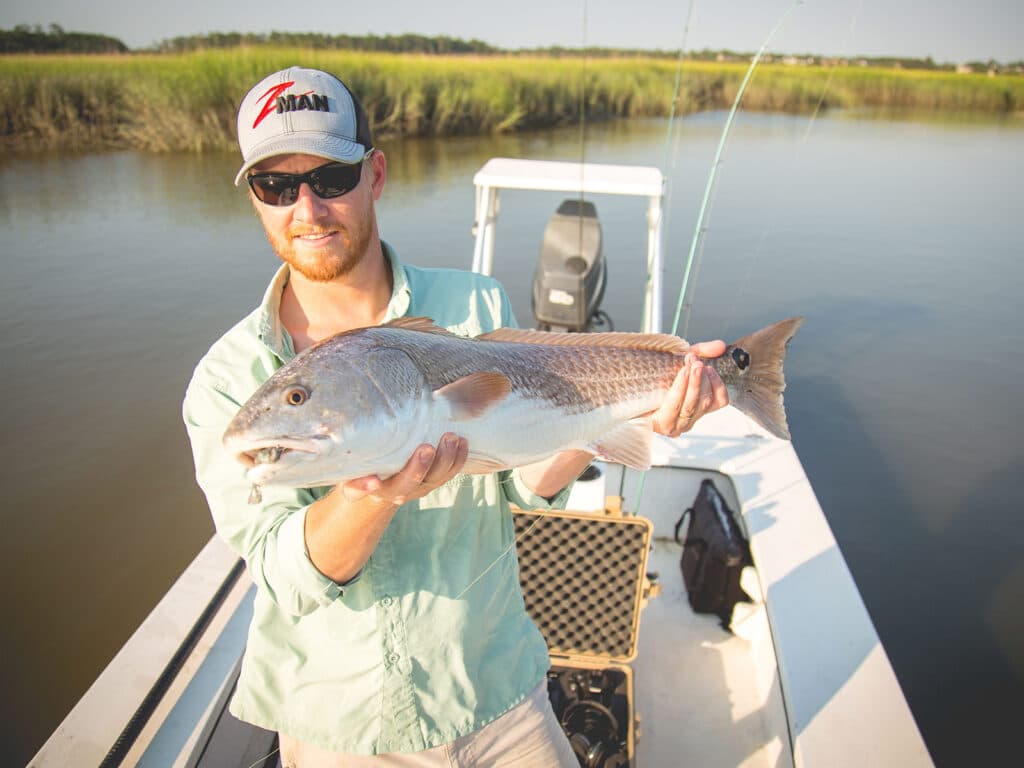
Braided line is strong, surprisingly strong. With fishing line companies only getting better and more specialized in their manufacturing, I’m not surprised to see a trend among anglers preferring lighter lines. The swordfishing standard is 80-pound braid, but anglers continue to experiment with lighter stuff. Freshwater bass chasers shifted from 65-pound down to 50-pound braid when fishing frogs in the slop. Hand-crank deep-droppers spool up with 20-pound braid to catch species such as snapper, tilefish and grouper. And slow-pitch jiggers pick up 15-pound test at times.
What it really comes down to is that braided line is almost always stronger than what’s listed on the front of the spool. It really isn’t much of a secret anymore. But what a great confidence boost for anglers when fighting fish!
I wanted to conduct a simple test using 10-pound braid (also called polyethylene, PE, Dyneema or Spectra line) to see when it really breaks. I believe that 10-pound test is fast becoming the new inshore norm, if it isn’t already. Twenty-pound used to be the “old reliable” option on your favorite inshore spin outfit, especially when using mono. Then, 15-pound braid was all you really needed for most species, unless targeting tarpon, or larger stripers, redfish or snook. Now, I’m having plenty of success with 10-pound braid (and I know some daredevils who regularly dip into 8-pound territory).
The Backyard Line Test
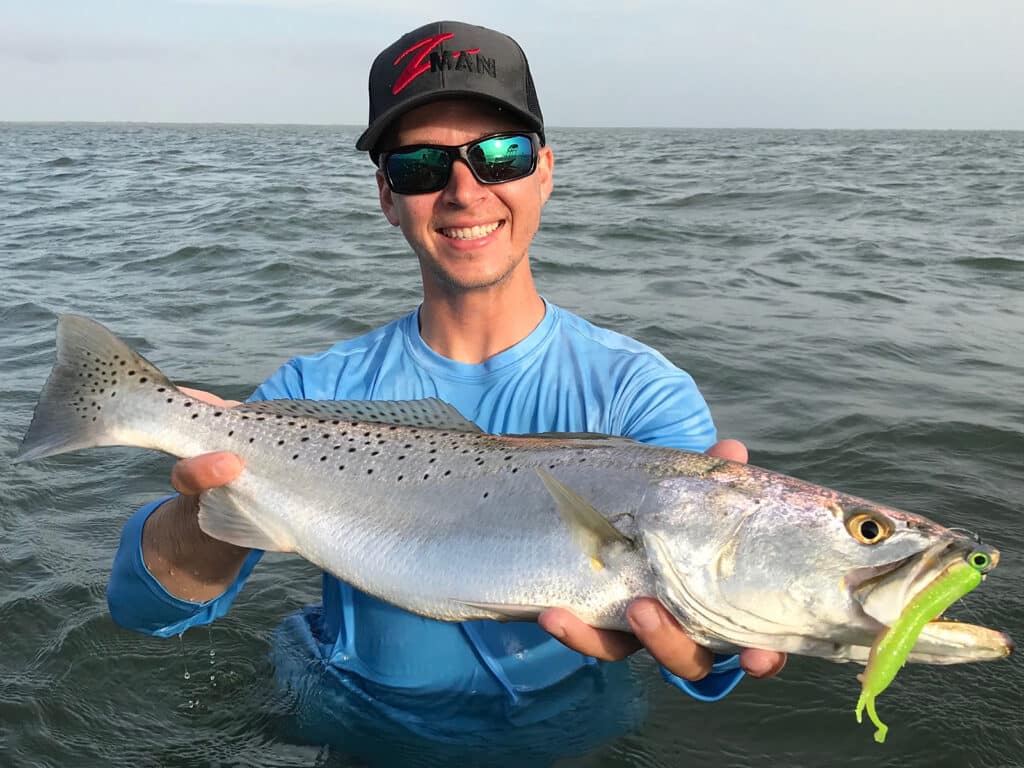
I set out to test the 10-pound braided line I had easily available to me. I did not consider the carrier count; diameter; or specific attributes that might affect abrasion resistance, smoothness, stiffness, casting distance, or knot-tying ability. I was strictly interested in the 10-pound-test label. This completely unscientific experiment utilized an Ugly Stick 75-pound digital scale and my truck’s trailer hitch. Don’t confuse my experimentation with IGFA’s professional line testing equipment.
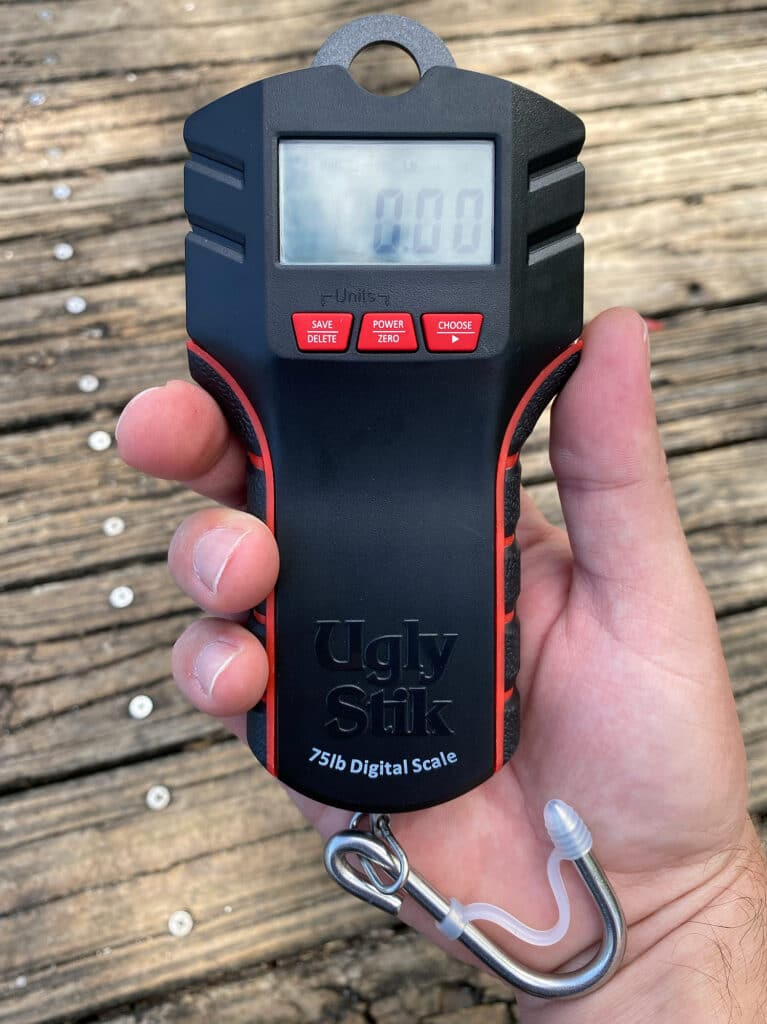
The trailer ball is what I attached one end of the line to, with the other end connected to a hand scale. I tested lines from each spool three times and recorded the results.
My goal was to get the line to break, but not at the knot or the ball hitch. I wanted to test the line, not my knot-tying skills. Sometimes, the line did break at the knot. In those instances, I re-tied the hook and tested again. These tests were not in a controlled environment with all variables managed. But I still consider the testing valuable, as it better simulates what anglers might encounter on the water, not in a lab. Real-world testing, if you will.
The Results Were Surprising
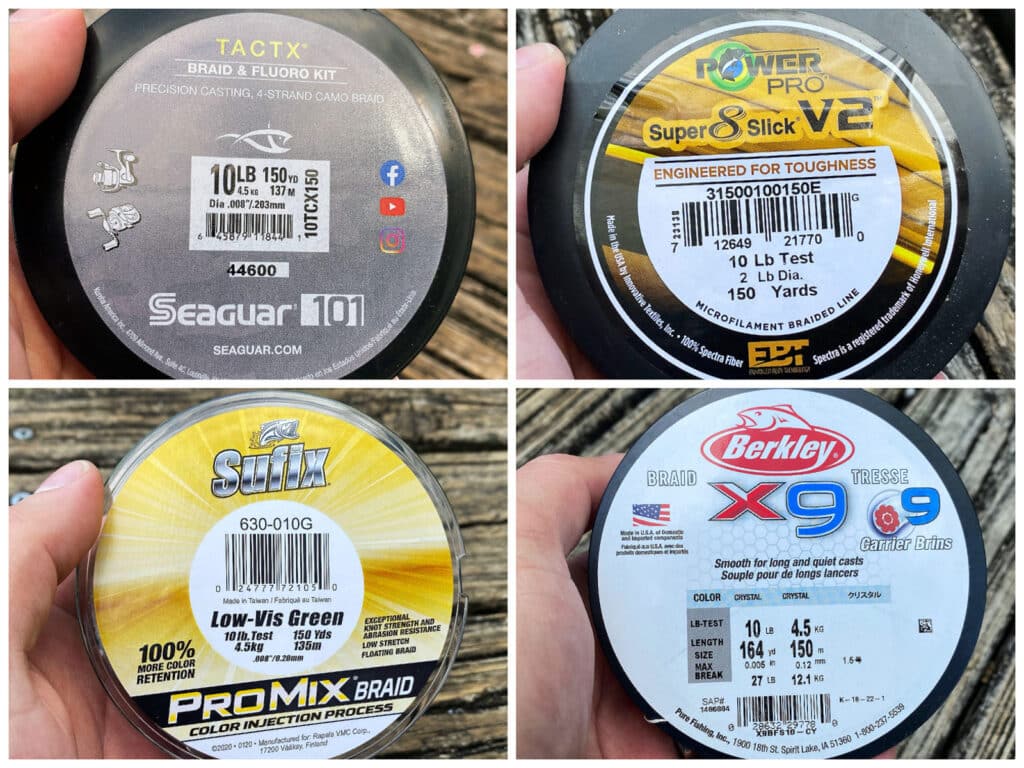
| Line (alphabetical order) | Diameter | Test 1 | Test 2 | Test 3 |
| Berkley X9 | 0.12 mm | 18.8 pounds | 19.3 pounds | 21.9 pounds |
| Power Pro Super 8 Slick V2 | 0.15 mm | 31.2 pounds | 28.0 pounds | 27.2 pounds |
| Seaguar TactX | 0.20 mm | 23.2 pounds | 24.8 pounds | 23.4 pounds |
| Sufix ProMix | 0.20 mm | 33.0 pounds | 29.7 pounds | 29.4 pounds |
These tests looked at the brute-force break strength of the line and nothing else. Strength is definitely a consideration when choosing a fishing line, but it’s not the only characteristic that matters. Further, after testing these four lines, they all passed the strength test, in my opinion. Consider other factors and features such as price, abrasion-resistance, smoothness, stiffness, casting-distance, knot-tying ability, or even color. The bottom line is to find a line that matches your needs.
The Takeaway
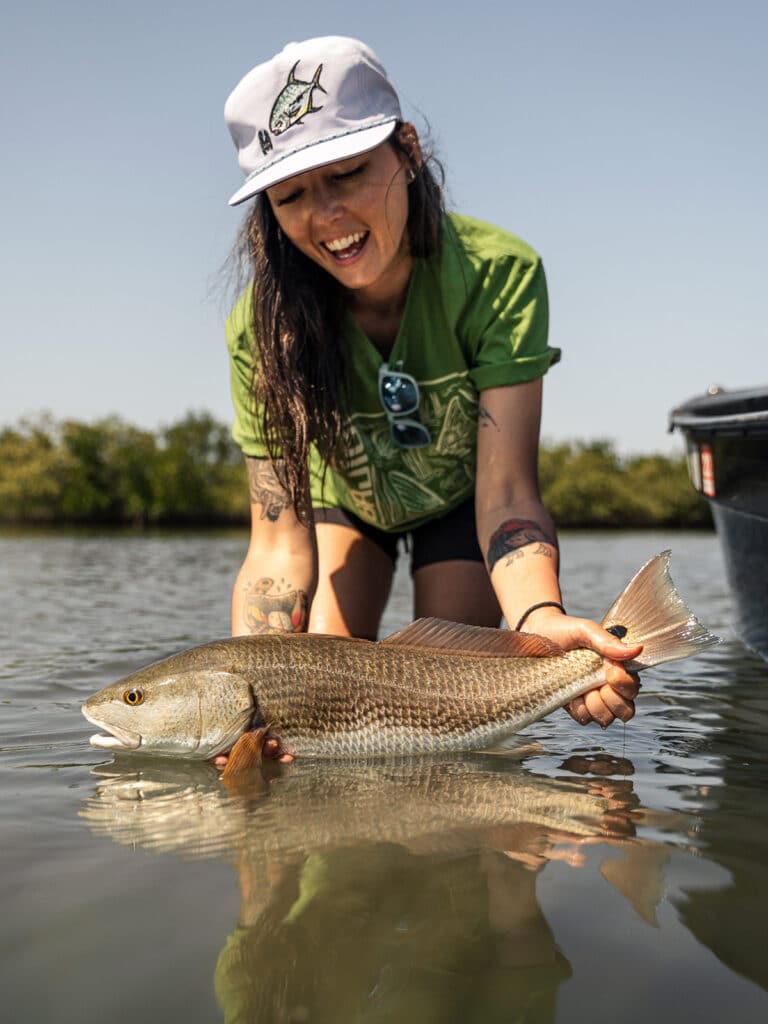
What I gathered from my results is that all the different lines broke at a strength of at least twice what was listed on the spool. Breaking strength averaged from 20 to 30 pounds of pressure, depending on line. That’s much higher than I imagined. (NOTE: I believe if I ran these simple tests again, I’d get different numbers, but not by much one way or another. And I’m certain line manufacturers have their own line-testing results.)
With 10-pound braid really breaking at 20 or even 30 pounds of pressure, dropping down in line-test to 10-pound shouldn’t lengthen fight time when battling most inshore species. Game fish can still be released healthy with 10-pound line. You can still get heavy-handed with the drag too, if necessary, although I like to set my drag pressure at 1/3 of the line’s breaking strength.
I’ve learned that opting for the lighter 10-pound has other advantages with few downsides.
- Casting farther, especially with light lures.
- Using lighter rods and reels, leaving you less tired at the end of the day.
- Fitting more line on a spool, especially important on low-profile baitcasters.
- Better able to feel subtle bites or movements of the lure.
I completely understand that 10-pound-test might not be the answer when fishing near structures such as jetty rocks, bridge pilings or docks. Plus, you better be attentive with your knot tying — most lines snap at the weakest links which are the connection points. There are very few knots that test at 100-percent of the main line’s strength. Dropping down from 20-pound to 10-pound lessens your margin for error if your knots aren’t always up to snuff.


